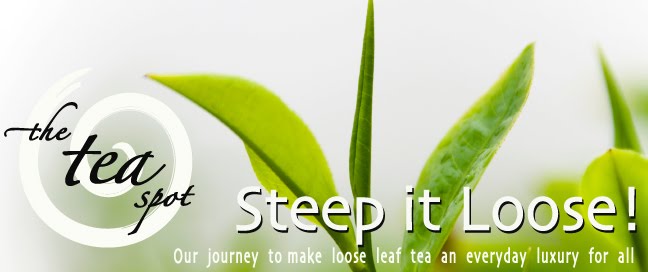
Americans consume far too many calories. And at least a fifth of these calories come from things we drink, according to a March 2006 report published in the American Journal of Clinical Nutrition by Barry M. Popkin, PhD, Professor of Nutrition, Head of Nutrition Epidemiology, and Director of the Interdisciplinary Center for Obesity at the University of North Carolina at Chapel Hill. The worst offenders are sugar-sweetened soft drinks, sports drinks, fruit drinks, and sugary tea and coffee drinks.
Given Americans’ love affair with iced and chilled beverages, it’s no surprise that iced tea was invented here at the 1904 World’s Fair in St. Louis. A group of tea producers from India had set up a fancy booth to promote their black teas. The sweltering summer heat and humidity prompted them to serve the tea over ice, just to get people to try it. In the 100 years since then, consumption of iced tea in the U.S. has grown to over 40 billion cups per year, and it accounts for 80% of the tea consumed in the U.S. today.
A report in this month’s BBC News quotes Public Health Nutritionist Dr. Carrie Ruxton, and colleagues at Kings College London, stating that “Drinking three or more cups of tea a day is as good for you as drinking plenty of water and may even have extra health benefits” – that is, tea’s healthier than water. Their work, published in the European Journal of Clinical Nutrition, dispels the common belief that tea dehydrates. Teas offer antioxidant properties as well, and you always have the option of selecting the caffeine-free herbals. Rooibos, which isn’t actually a tea at all but a South African plant, has no caffeine, provides plenty of natural flavor, and is quite hydrating, making it a great iced-beverage option.
At The Tea Spot, our message is a simple and powerful one - tea in its freshest form renders incredible flavor, offers unmatched health benefits, supplies the best value per serving, and is eco-friendly. Iced tea steeped from full-leaf teas is aromatic and flavorful enough to satisfy most palates without adding any sweeteners. For the past five years, we have striven to change the way loose-leaf tea is perceived and consumed in the home with our STEEPWARE® products, making preparation seamless and delivering individual servings of freshly steeped tea. Now we’re thinking about offering simple tools to make great-tasting iced teas. We plan to make it easy to prepare fresh iced teas at home using both hot-brew and cold-brew methods. Hot brewing is steeping your iced tea the same way you would a pot meant to be served hot. But if you’re not interested in steeping your tea traditionally, “cold brewing” a pitcher of iced tea is also an option…attractive on a hot summer afternoon. The process is the same as hot steeping, except that the tea infuser is placed into cold water and left in the refrigerator overnight.
Whatever tea you brew - whether an organic Nilgiri black (my personal favorite), a strawberry-rhubarb flavored green, a bold red rooibos, or a mango-and-passionfruit-flavored black - even if you adjust it to suit some level of sweet tooth with a teaspoon of sugar (at 18 calories) or a splash of lemon, orange, pineapple or cranberry juice - you’re probably not anywhere near the grocery and café “standards” in calorie counts:
0-18 calories home-brewed gourmet iced tea
155 calories in a can of soda
200+ calories in a can of energy drink
280 calories in a 16-ounce bottle of ready-to-drink iced green tea
400 calories in an iced peppermint white chocolate mocha (how many grams of fat, I wonder?!)
So before we go anywhere near discussing the benefits of icing white tea in preparation for bikini season, let’s take the obvious gains first…and do our teeth a big favor in the process.
Steep it loose, and chill out :)
.jpg)
